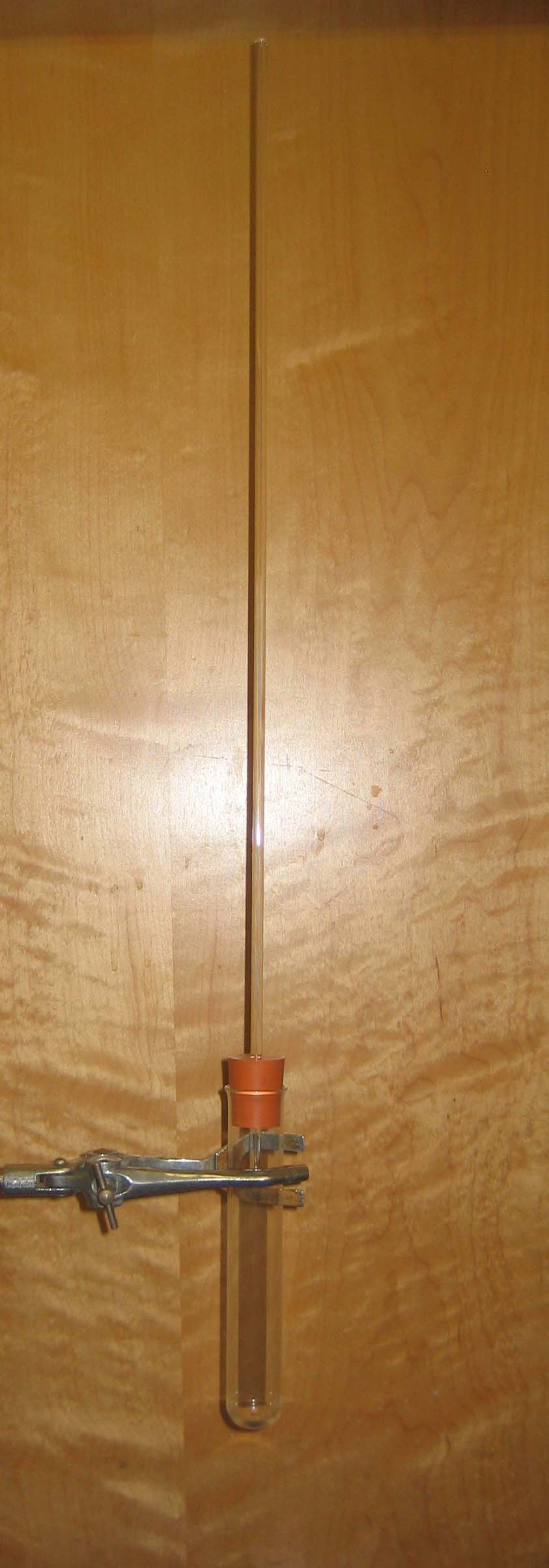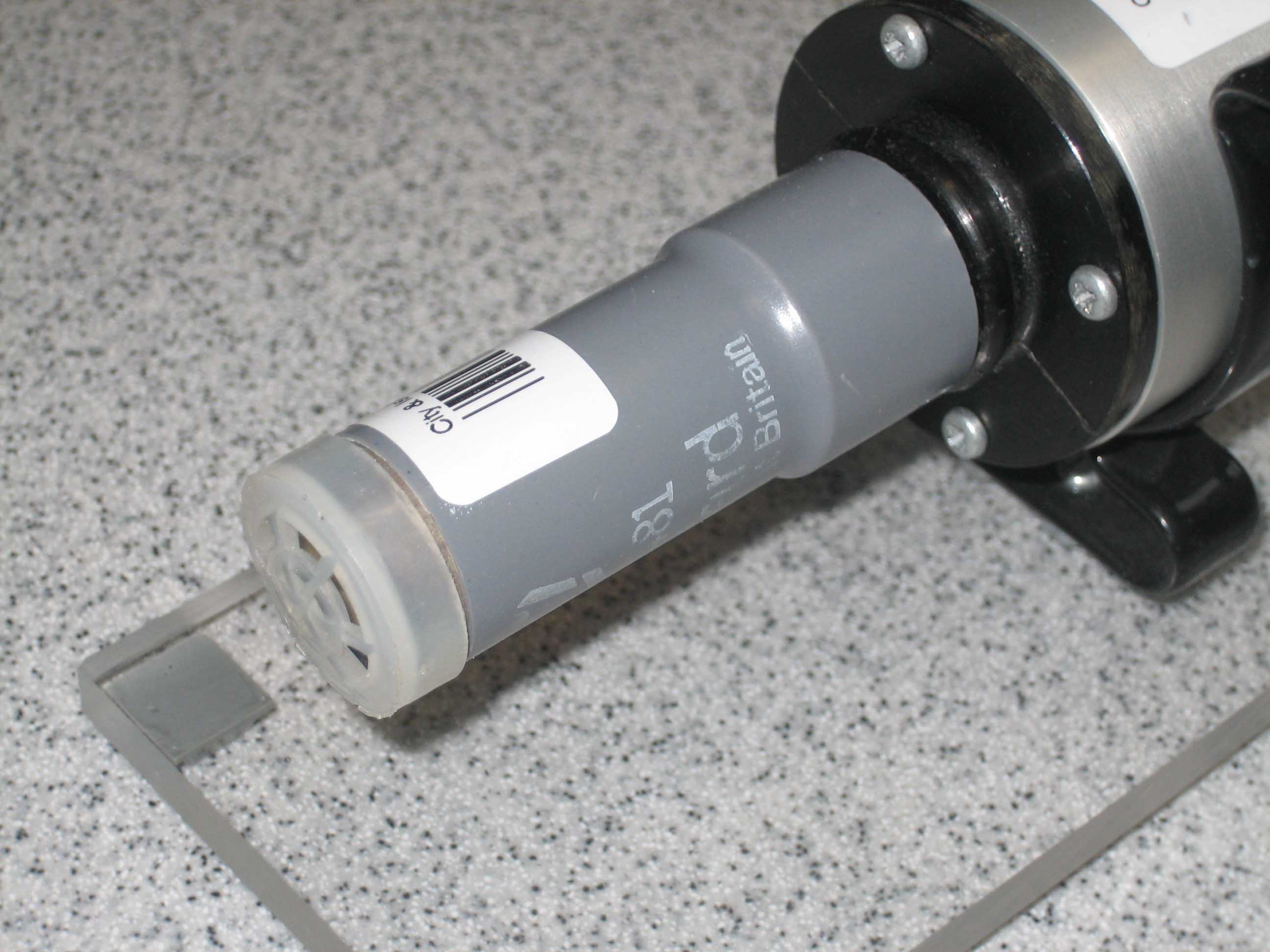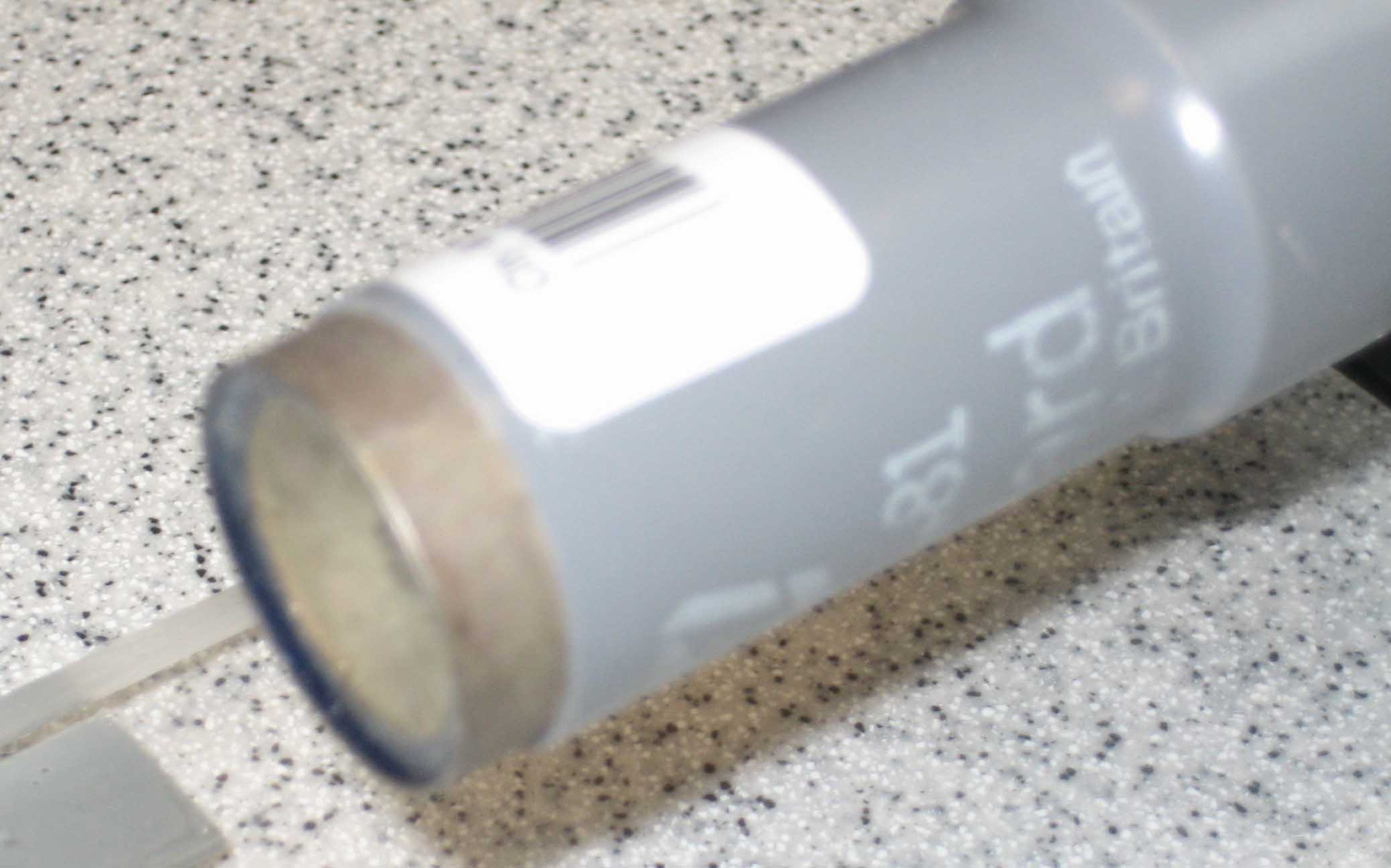Support for Islington schools delivering Edexcel Science
An INSET session was held at Holloway school on Thursday 25th March 2010 looking at practical ways of teaching some of the physics elements of the course.
During the session we looked at the gas laws, the inverse square law and nuclear physics.
Photos of the session can be seen on Flickr.
Gas laws
Kinetic theory
The kinetic theory explains the gas laws.
The kinetic theory models a gas as very many tiny particles moving around in random directions and speeds bumping into each other and anything else in their way.
The results of the very large number of these tiny collisions per second on objects in the gas is experienced as pressure.
Temeperature is understood as a measure of the average kinetic energy (energy of motion) of the particles making up the gas.
If the volume of the gas is reduced there are more particles in any of the spaces in the gas so there will be more collisions meaning increased pressure.
The temperature of a gas rises as it is heated, energy is given to the particles making up the gas and they move more quickly increasing the average kinetic energy of the paricles
so each of the collisions exerts a greater force meaning increased pressure.
If the gas is cooled energy is taken out of the gas so the temperature of the gas is decreased, the average kinetic energy of the particles decreases.
When the gas is cooled until the particles are not moving, the kinetic energy of the particles is zero and the temperature is -273 C or zero Kelvin - this is called absolute zero.
At absolute zero the pressure is zero and the volume is zero,
in fact the volume is slightly above zero in a real gas but the volume of all of the molecules in a gas is very tiny compared to the volume of the spaces that normally seperate the molecules.
All of these ideas can be well explained to a class with a kinetic model which cause small balls to bounce around in a closed container available from most scientific suppliers.

Demonstrating air pressure
The existence and action of air pressure can be demonstrated with the
collapsing can
where the can collapses under air pressure as hot water vapour inside the can condenses as it cools.
The existence of air pressure can also be demonstrated with a card on a full glass of water then inverting the glass and the water being held in the glass by the air pressure.
Boyle's law
Pressure increases as a gas is compressed decreasing the volume, the mathematical formula which summarises this is named Boyle's law.
We investigated Boyle's law using a syringe and pressure meter (bourdon gauge)
bought from MUTR who sell equipment produced by the Science Enhancement Project.
We could use this as a class experiment to give pupils a feel for pressure and volume and qualitatively grasp that as volume decreases the pressure increases.

We also looked at more sophisticated apparatus for
demonstrating Boyle's law
and getting some quantitative results that the class could work with numerically and graphically.

We experience Boyle's law when we lie on an air bed, the bed gets thinner so the volume is less at the same time the pressure in the air bed is higher.
Charles's/Gay-Lussac's law
We used a flask of air with a
bung holding a capillary tube with a small amount of coloured water to make a gas thermometer
showing that a gas expands when heated and contracts when cooled.

We looked at
methods of doing this quantitatively
and saw that this was quite a tricky experiment for pupils to do accurately at GCSE.
Amonton's law
We used a pressure sensor on a flask of air to show how pressure changes with temperature.
The pressure sensor can be an absolute bourdon gauge, an electronic pressure gauge or a data logger with pressure sensor and temperature sensor.
To find absolute zero the pressure gauge needs to be an absolute pressure gauge that indicates zero at complete vaccuum.
Relative pressure gauges indicate zero at normal air pressure and measure the pressure above normal air pressure. Normal air pressure is 100,000 Pascals
(100 kPa or 100,000 kN/m2 or 100 kN/m2).
Inverse square law
A solar cell (photovoltaic cell) can be used to measure light intensity using an ammeter connected across the solar cell.
The current is proportional to the light intensity on the solar cell.
The room does not need to be dark just subdued light, if microscope lamps or desk lmps are used they can be pointed at the solar cell and not disturb other experimenters
alternatively a card can be placed behind an unmounted bulb to minimise the stray light.
Nuclear physics
We looked at the use of the spark counter consiting of a thin wire near a mesh with a very high voltage between the two, sparks jump when the air between the two is ionised by alpha particle.
We used closed sources with a GM tube and scalar timer to look at the absorbtion of alpha, beta and gamma radiation.

Particular care is needed to work with alpha sources. The alpha source needs to be near to the detector as alpha is absorbed by a few centimetres of air.
The protective cap needs to be removed from the end of the GM tube being careful not to touch the very thin mica window at the end which will burst if touched.
Most of the count will be lost by inserting a thin sheet of paper between the source and the GM tube.

The basis of the relationship between proton number and neutron number for stable isotopes on the various form of decay can be
demonstrated by making piles of two different kinds of biscuit side by side using biscuits of similar but not identical thicknesses.
Links and further information
- The Science Enhancement Project provides free equipment and publications to associates, you can become an associate for free on their website.
- The Instute of Physics provides supports physics teaching in the UK, you should get your school to
affiliate.
- The Institute of Physics hosts practicalphysics.org whith guidance.
- 1001 Inventions is a touring exhibition now at the science museum about the Islamic
contribution to science between the fall of the classical world and the European Renaissance. The teachers' pack has some great activites
with some good historical material and ideas for HSW.
- CLEAPSS provides invaluable advice on practical science and are particularly useful on safety and advice about equipment.
- The Science Learning Centres provide superb courses for science teachers, make sure you check out their website.
Note that there are awards that pay the fees and more for many of their courses.
- The Association for Science Education provides excellent support for science teachers,
your school can affiliate which gives you subscription to the journals as well as courses and conferences.
If you need any further information or help contact David Swinscoe.






